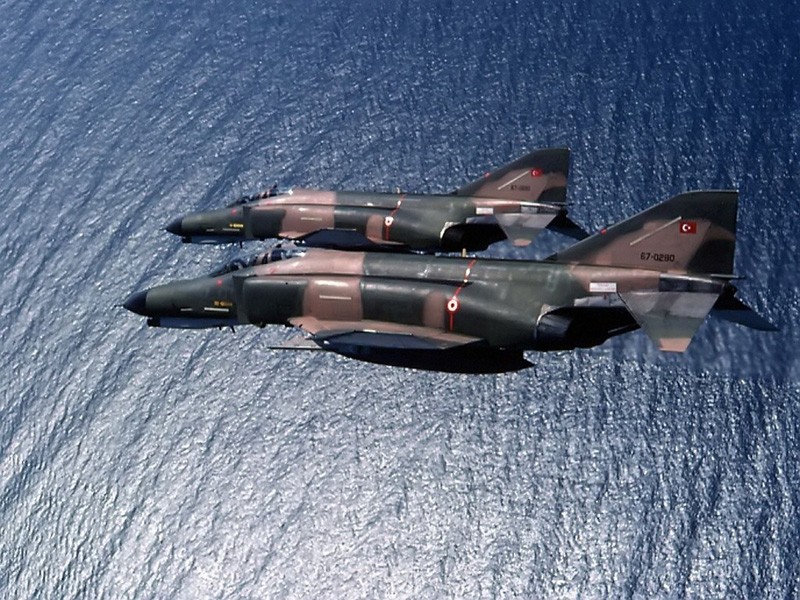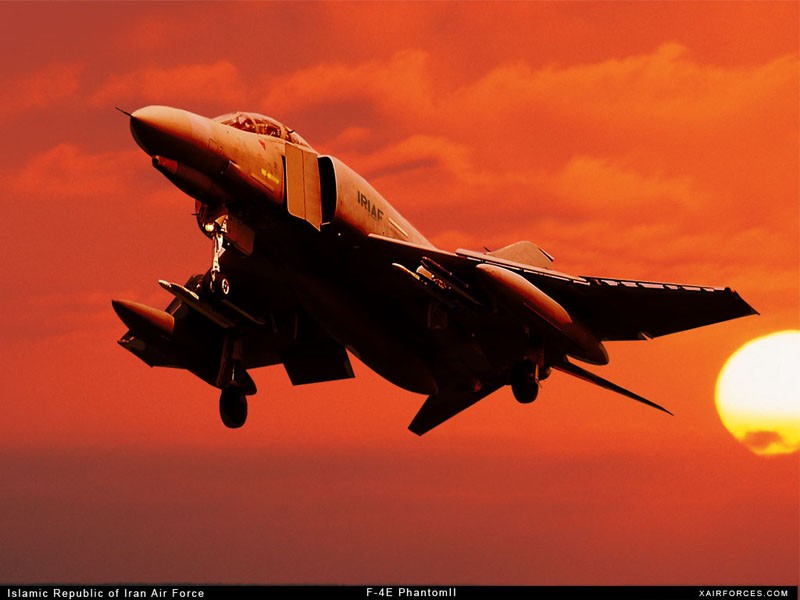In the annals of modern military history, few incidents have captured the imagination and sparked as much speculation as the recent downing of a mysterious aircraft by Syrian air defense forces. Reports have emerged that the aircraft, identified as the F-4 “Ghost,” was shot down while conducting a mission in Syrian airspace. This has led to a flurry of questions: What exactly is the F-4 “Ghost”? Why was it in Syrian airspace? And what does this incident reveal about the ongoing tensions in the region?

The F-4 “Ghost”: A New Chapter in a Legendary Legacy
The McDonnell Douglas F-4 Phantom II, first introduced in the 1960s, is a legendary fighter jet that served in the air forces of numerous countries for decades. Known for its speed, versatility, and firepower, the F-4 Phantom became a workhorse in various conflicts, including the Vietnam War and the Yom Kippur War. However, the recent appearance of an “F-4 Ghost” suggests that this venerable aircraft has undergone a significant transformation.
The “Ghost” is reportedly an upgraded and modified version of the original F-4, equipped with cutting-edge stealth technology, advanced avionics, and new weapon systems. The exact details of these upgrades remain classified, but military analysts speculate that the F-4 “Ghost” has been designed for electronic warfare, reconnaissance, and potentially even air-to-air combat, filling a niche role in modern air operations.
The Mission Over Syria
The circumstances surrounding the F-4 “Ghost” and its mission over Syria are shrouded in mystery. Sources suggest that the jet was involved in a reconnaissance mission aimed at gathering intelligence on Syrian and possibly Iranian military installations. The Middle East, particularly Syria, has been a hotspot of geopolitical tensions, with numerous nations, including the United States, Russia, Turkey, and Israel, vying for influence. The presence of an advanced reconnaissance aircraft in such a volatile region raises questions about the objectives of the mission and the interests it was serving.
While the details remain unclear, some analysts believe that the F-4 “Ghost” was engaged in electronic warfare, attempting to disrupt or gather intelligence on Syrian air defenses. The fact that it was detected and shot down by these defenses indicates a potential vulnerability in the aircraft’s stealth capabilities or a significant advancement in Syrian or allied detection technologies.

Syrian Air Defense: A New Era of Capabilities?
The downing of the F-4 “Ghost” by Syrian air defense has sparked intense debate about the capabilities of Syria’s military. Over the years, Syria has received substantial support from Russia, which has provided advanced air defense systems, including the S-300 and possibly even the more advanced S-400. These systems are designed to detect and engage a wide range of aerial threats, from aircraft to missiles, and their success in intercepting the F-4 “Ghost” suggests that they are living up to their reputation.
This incident may indicate that Syria’s air defenses are now capable of countering even the most advanced stealth aircraft, posing a new challenge to air operations in the region. It also raises concerns for other nations operating in or near Syrian airspace, as the risk of losing aircraft to these defenses could influence military strategies going forward.

The Broader Implications
The downing of the F-4 “Ghost” is more than just a military incident; it has broader implications for regional and global security. For one, it highlights the ongoing struggle for control and influence in the Middle East, where even the most advanced military technology can be vulnerable. Additionally, it underscores the risks of escalation in a region already fraught with conflict.
For the United States and its allies, this incident may prompt a reassessment of military tactics and the development of new strategies to counter increasingly sophisticated air defense systems. For adversaries, it serves as a reminder that even advanced stealth technology has its limits.

Conclusion
The F-4 “Ghost” remains an enigma, its capabilities and mission objectives largely unknown to the public. Yet, its downing by Syrian air defense forces is a stark reminder of the complexities and dangers of modern warfare. As the world waits for more details to emerge, one thing is clear: the skies over the Middle East are as contested and perilous as ever, and the balance of power in the region may be shifting once again.





